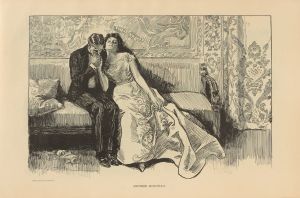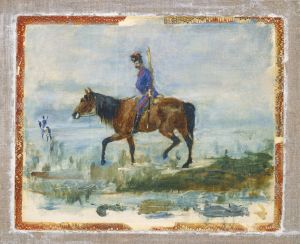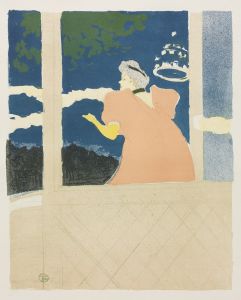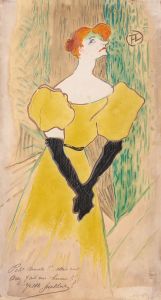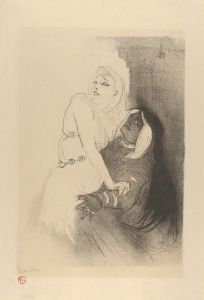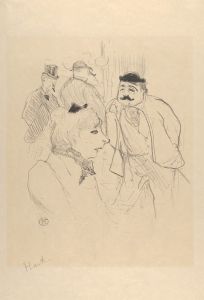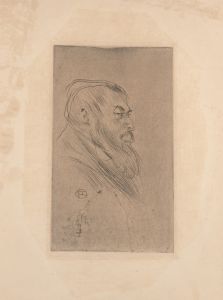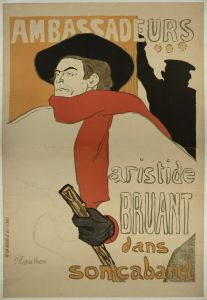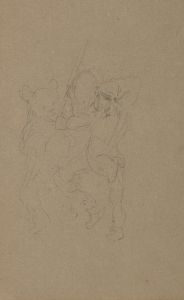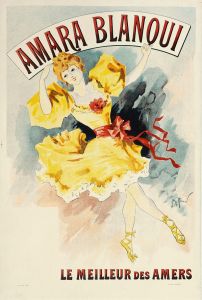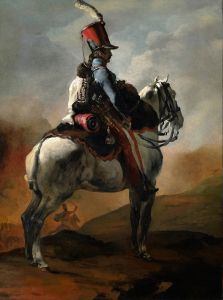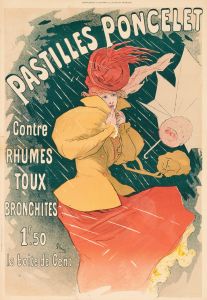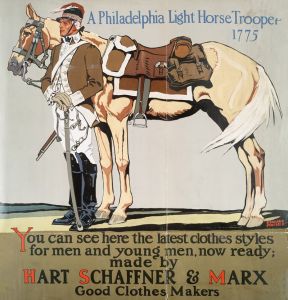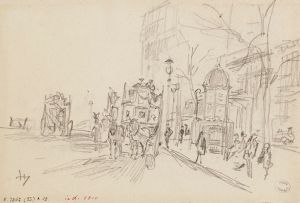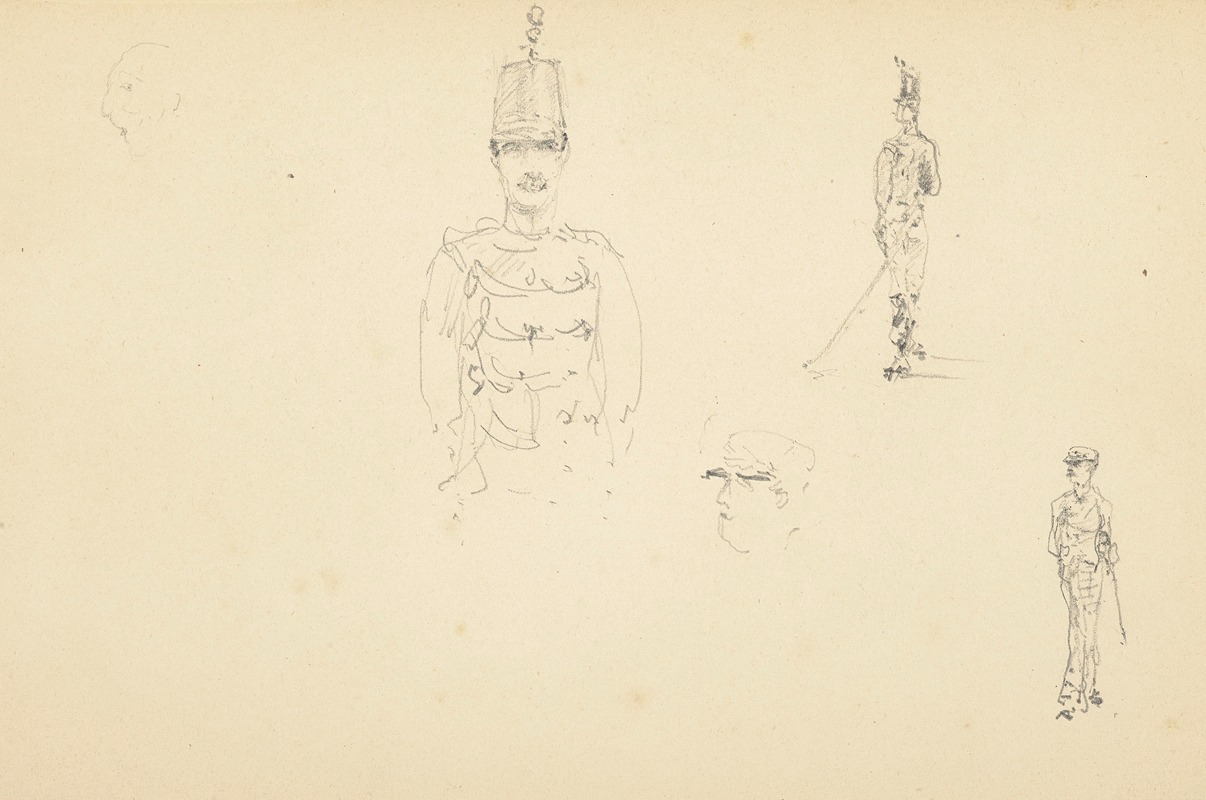
Étude de cavaliers
A hand-painted replica of Henri de Toulouse-Lautrec’s masterpiece Étude de cavaliers, meticulously crafted by professional artists to capture the true essence of the original. Each piece is created with museum-quality canvas and rare mineral pigments, carefully painted by experienced artists with delicate brushstrokes and rich, layered colors to perfectly recreate the texture of the original artwork. Unlike machine-printed reproductions, this hand-painted version brings the painting to life, infused with the artist’s emotions and skill in every stroke. Whether for personal collection or home decoration, it instantly elevates the artistic atmosphere of any space.
Henri de Toulouse-Lautrec, a prominent French painter, printmaker, draughtsman, and illustrator, is renowned for his depictions of the vibrant and theatrical life of Paris in the late 19th century. Among his diverse body of work is the piece titled "Étude de cavaliers," which translates to "Study of Horsemen." This artwork reflects Toulouse-Lautrec's keen interest in equestrian subjects, a theme that recurs throughout his oeuvre.
Toulouse-Lautrec was born into an aristocratic family in 1864 in Albi, France. His fascination with horses and horsemen can be traced back to his upbringing, as his family had a long-standing tradition of horse breeding and riding. This early exposure to equestrian life left a lasting impression on him, which is evident in several of his works.
"Étude de cavaliers" showcases Toulouse-Lautrec's ability to capture movement and form with remarkable economy and expressiveness. Although specific details about the creation date and the medium of this particular study are not widely documented, it is consistent with his approach to capturing the dynamism and elegance of horsemen. Toulouse-Lautrec often employed quick, fluid lines to convey the energy and grace of his subjects, a technique that is likely present in this study.
Throughout his career, Toulouse-Lautrec was influenced by the Impressionists, particularly Edgar Degas, who also had a profound interest in depicting horses and riders. Like Degas, Toulouse-Lautrec was adept at portraying the subtleties of movement and the interaction between horse and rider, often focusing on the naturalistic and candid aspects of his subjects.
In addition to his technical skills, Toulouse-Lautrec's works are celebrated for their psychological depth and insight. His studies of horsemen are not merely anatomical exercises but also explorations of the relationship between humans and animals, capturing the mutual trust and understanding required in equestrian pursuits.
Toulouse-Lautrec's artistic career was tragically cut short due to health issues exacerbated by alcoholism and syphilis, leading to his death at the age of 36 in 1901. Despite his relatively brief career, he left behind a significant legacy, influencing future generations of artists with his innovative techniques and unique perspective on modern life.
While "Étude de cavaliers" may not be as widely recognized as some of his other works, such as his posters for the Moulin Rouge or his portraits of Parisian nightlife, it remains an important part of his artistic exploration. This study contributes to our understanding of Toulouse-Lautrec's diverse interests and his ability to capture the essence of his subjects with both sensitivity and precision.
Today, Toulouse-Lautrec's works, including his equestrian studies, are celebrated for their contribution to the Post-Impressionist movement and their enduring appeal. His ability to blend traditional themes with modern techniques continues to resonate with audiences, ensuring his place as a pivotal figure in the history of art.





